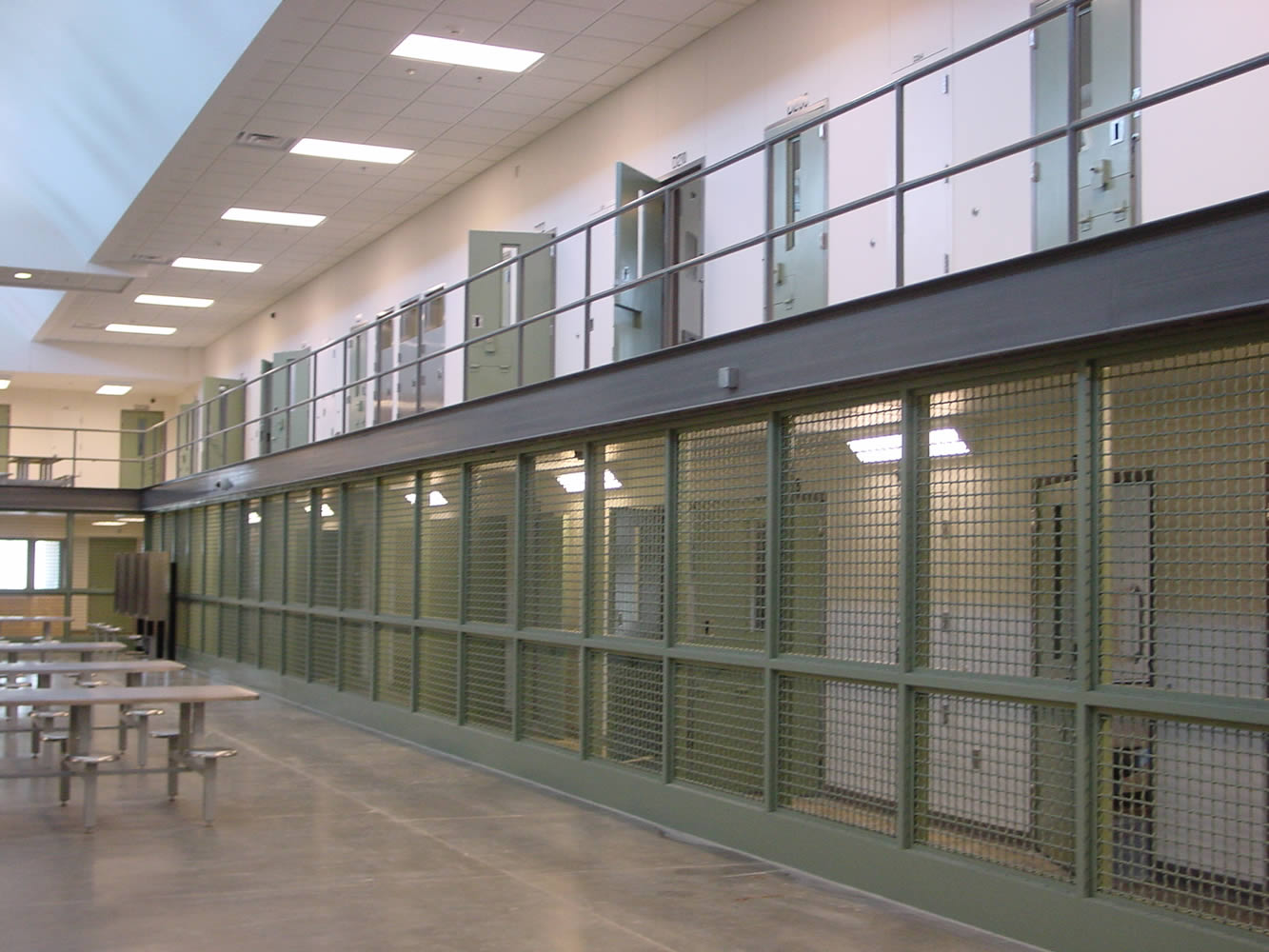
Advocates for criminal justice reform have argued that supervisory punishments, such as parole and probation, are a key driver of mass incarceration even though they are meant to serve as alternatives to prison. This is because people who violate the technical conditions of their supervision are often arrested and reincarcerated. However, new research from Michelle Phelps and colleagues puts some of these concerns into perspective.
Using data from a national survey of incarcerated adults from 1979 to 2016, the researchers discovered that people in prison for parole and probation violations alone have made up about 11-14% of the prison population – and that this percentage has been remarkably stable over time. The largest percentage of the prison population consists of people incarcerated for new offenses, regardless of whether they were on probation or parole.This finding suggests that mass incarceration has been driven primarily by increasing punishments for new offenses, rather than increasing enforcement of technical conditions. In order to reduce mass incarceration, the researchers advise that prison reformers should focus on shortening sentence length for new offenses.
Although parole and probation violations have not contributed as significantly to mass incarceration as originally thought, the researchers caution advocates from diverting their attention from this issue. First, this study focuses on state prison populations and revocations are likely to have an even larger effect on local jail populations. Second, the threat of incarceration alone puts unnecessary stress on those who are on probation and just trying to survive. Incarceration for parole and probation violations contributes to the disorganization and difficulties people can face when they are churned in and out of prison.

Comments